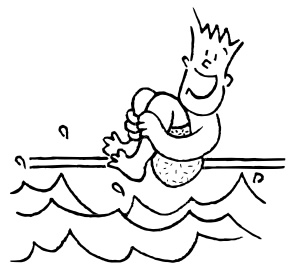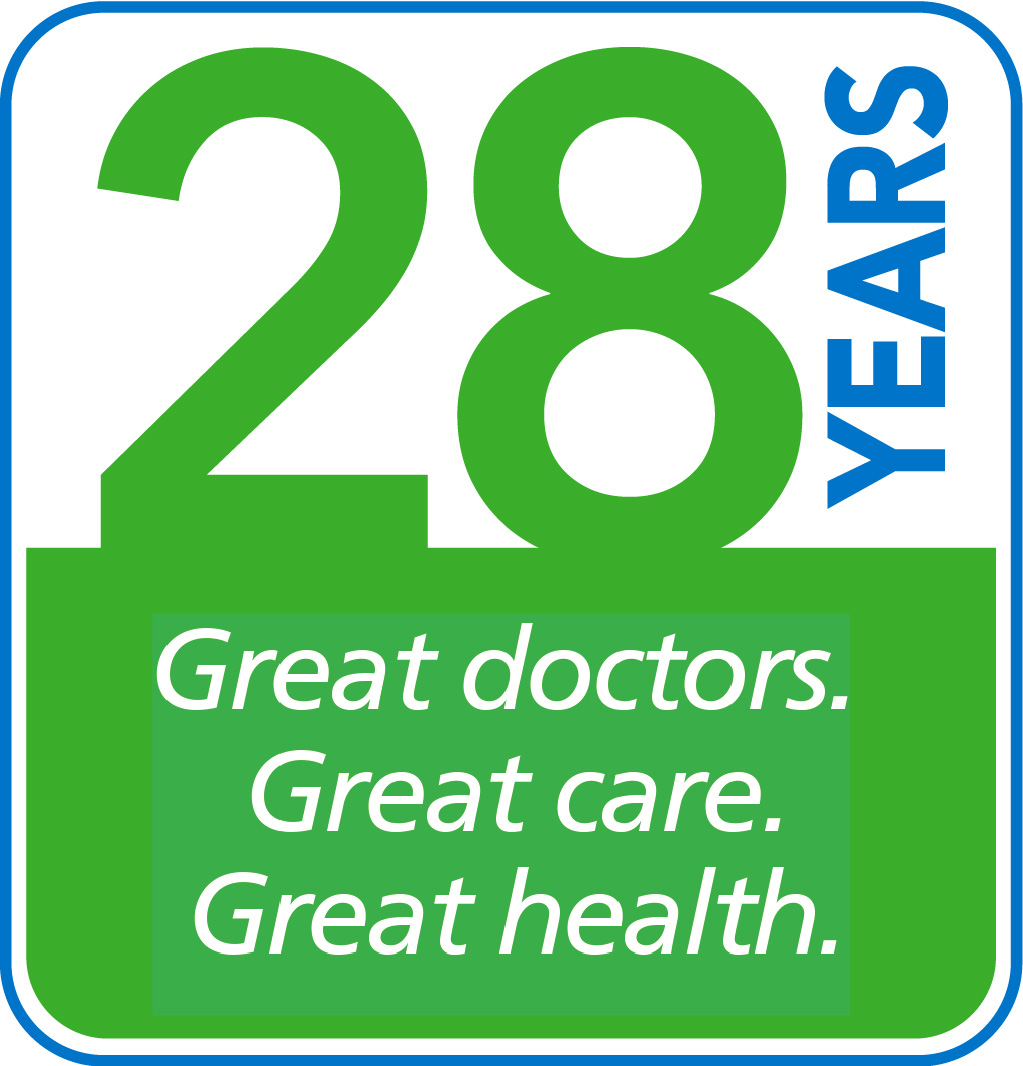By: Lisa Keithley, M.D.
Starting this summer the Food & Drug Administration (FDA) has mandated new labeling rules for sunscreen products. These rules should help consumers better understand what’s actually in the product, and some of the limitations of sunscreen.
Since we know most skin cancers are related to sun exposure, and that the sun plays a role in premature skin aging, we must do more than just apply sunscreen. We should be avoiding the sun whenever possible during the hours of 10 a.m-2 p.m., and wearing protective clothing and hats. But sunscreen, worn daily, is a proven tool in helping us protect our skin.
Here’s what to look for:
- The words “broad spectrum.” This means the sunscreen has been tested and proven to protect against both UVA & UVB rays.
- Sun Protective Factor (SPF) of 30-50. The FDA is still testing products with an SPF above 50 to determine whether they are actually more effective, especially if people apply them less frequently. Those with an SPF lower than 15 must now carry a warning label that they will not protect against skin cancer.
- “Water-resistance.” Sunscreens can no longer claim to be water or sweat proof, since all will wash off or become diluted over time. However, water resistance does help, and new labels must note a time limit of either 40 or 80 minutes before the sunscreen is ineffective. So, a new label may say: Broad spectrum SPF 30 water resistant (40 minutes)
Just as important as buying the right sunscreen is using it properly. It’s best to apply sunscreen 15 minutes before going out in the sun. And make sure to use enough- a golfball-size dollop- is a good visual. The FDA encourages the use of lotions over sprays since it’s harder to determine if enough spray is being applied, and sprays may not be as safe around the face. In general, reapply sunscreen at least every two hours, or more often if you’ve been in the water.
Remember that sunscreen should not be used at all on infants under 6 months of age, and that older children should be protected as much as possible from mid-day sun. Just one bad sunburn in childhood doubles the risk of melanoma later in life.





 No matter what time of the year, more and more people are cooking outdoors. But outdoor barbeques and picnics during the summer pose a few extra challenges. Protect yourself and your friends and family in these ways:
No matter what time of the year, more and more people are cooking outdoors. But outdoor barbeques and picnics during the summer pose a few extra challenges. Protect yourself and your friends and family in these ways:



